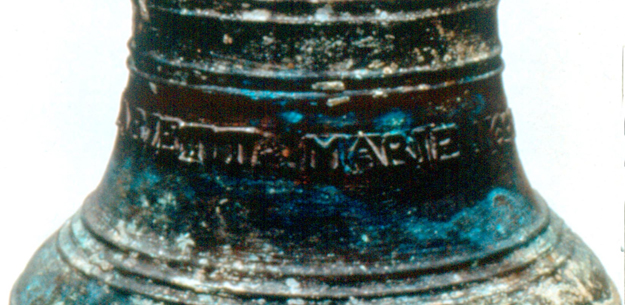
In 1699, the Henrietta Marie sailed from London to New Calabar, West Africa, with a cargo of pewter, beads, and other English goods, which were to be exchanged for ivory and enslaved Africans. The next stop was Jamaica, where the captain sold the cargo of Africans to plantation owners. On the journey home, a storm sank the ship in the Straits of Florida in July 1700, not to be discovered until 1972 by American diver, Melvin A. Fisher and later excavated.
The significance of the Henrietta Marie increased after its initial excavation in 1983. Among the artifacts uncovered were the largest collection of slave shackles and of English-made pewter-ware from the reign of William III (Britain, 1689-1702) ever found in one place. Also on display, will be Venetian glass trade beads, stock iron trade bars, ivory "elephant's teeth," basins, spoons, bottles, and the ship's bell inscribed Henrietta Marie 1699. The exhibition uses numerous artifacts, interactive displays and the ship's records as touchstones for entering the daily lives of the Africans on board the ship as they made the journey to the New World as slaves; the seamen who manned the ship and managed its human cargo; and the traders who ran this notorious enterprise and integrated it into the economy of England. [http://museums.richmond.edu/exhibitions/museum-of-art/slave-ship-speaks.html]

Bell from the Henrietta Marie, 1699, bronze, 14 ½ inches tall, 13 ½ inches diameter. Mel Fisher Maritime Heritage Society, Key West, Florida, 86.08.655.
WATCH BELL

Moe was reluctant to leave the site of the sunken Atocha. With nightfall only about an hour away, Moe decided to make one last sweep of the ocean floor before heading to the surface. And then his hands…hit against something rigid, unfamiliar, and cold in a way that had nothing to do with the eighty-degree water around him. Lying flat on the bottom, his chest pressed hard against sand, Moe’s eyes widened through the sting of salt water that was seeping through his mask…Slowly, with rugged hands, he parted layers of the ocean floor…He blinked twice, as if his eyes were deceiving him. Directly in front of him, caked in rust and limestone, were two feet of encrusted iron; ancient weighty chunks were piled high in the form of a pyramid…What is this? he thought to himself…Moe tapped his fingers gently on the mound of rusty iron. It was solid and sinister…He reached out again, this time lifting a large chunk of encrusted iron from the ocean floor and holding in his hands a pair of hardened, sea-soaked shackles…As if suddenly punched in the gut, he was struck by the painful realization that the heavy iron handcuffs he was holding were designed to fit tightly around black wrists much like his own.
After several shackles had been brought to the surface, Cottman writes this:
The irony of the moment was undeniable: The last black men to touch these shackles had been bound by them and forced on a three-month voyage, packed in the lower decks of a sweltering ship with little food and water. Centuries later, the first person to touch those same shackles was another black man – a free man, Moe Molinar.



No comments:
Post a Comment